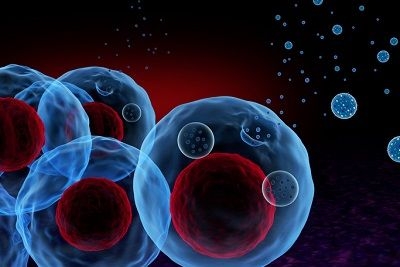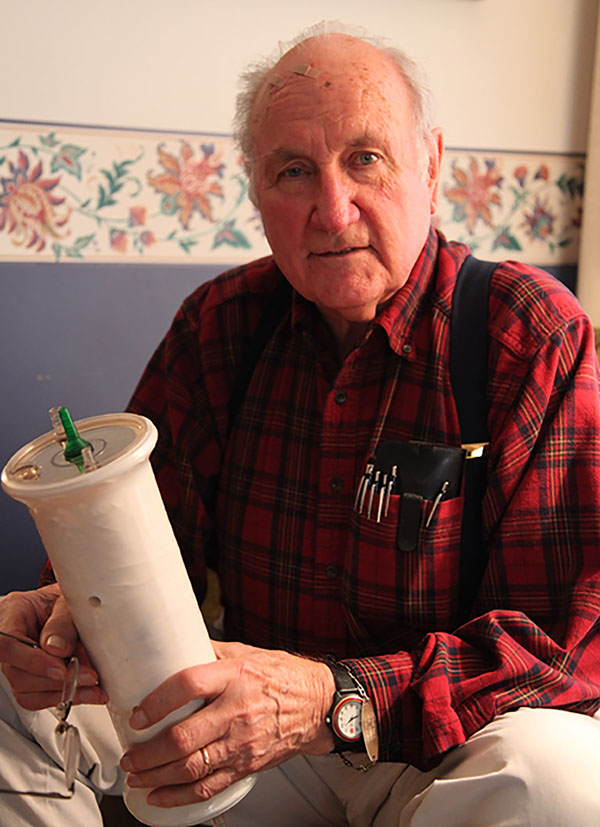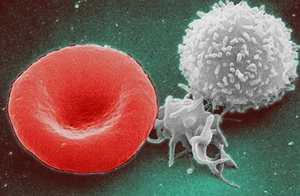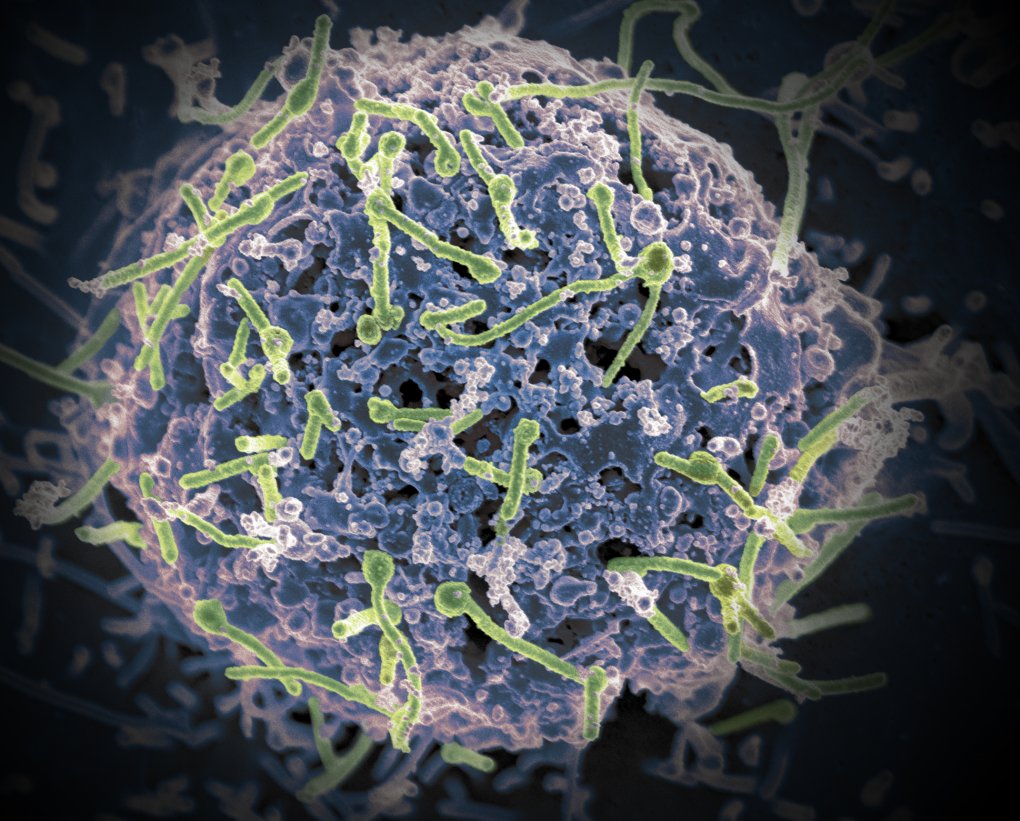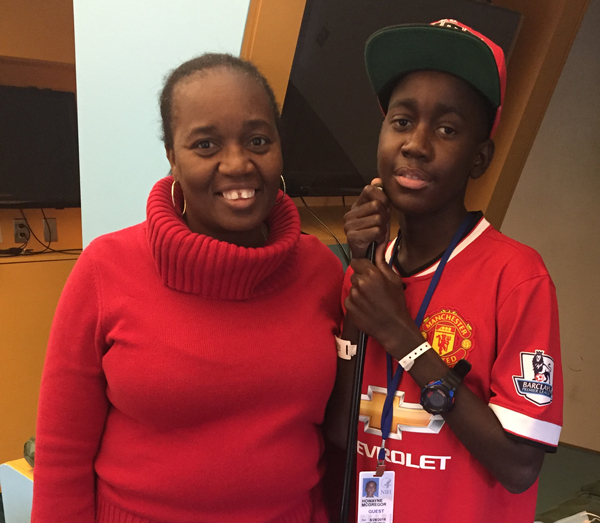Cellular Garbage Aids Quest for Alzheimer’s Blood Test
Experimental Approach Predicts Future Alzheimer’s Diagnoses
If you looked through my garbage, you would probably find a litany of apple cores (my favorite fruit) and a couple fundraising requests from my alma mater. Similarly, scientists can learn a lot about what is going on in cells by examining their trash. IRP researchers recently developed a blood test that may be able to predict Alzheimer’s disease years before the onset of symptoms by examining packages of waste products from neurons.

